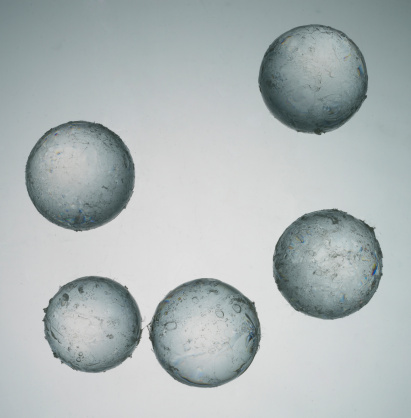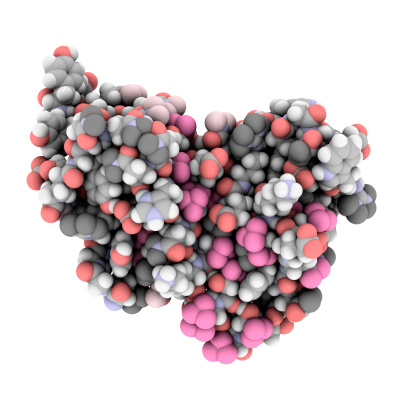Difference Between Virus and Prion

Infectious diseases result from pathogens like viruses and bacteria and the pathogens are organisms created up of a huge amount of proteins. Nevertheless, there has been a recent finding of a pathogen that is placed beyond the study of pathogens which are known as prions. Prions are single proteins and have the ability to cause havoc on the brain cells of a person. They have a lot of similarities with viruses and that is what confuses a number of people. Make sure you know that there are several differences between viruses and prions.
Moreover, both look as living beings but they are actually not. They are small parasites that require cells of living things in order to grow and reproduce at the same time. Be aware of the fact that both viruses and prions are pathogens that cause infections. There are some similarities in the pathogens of this sort. Understand that viruses are made up of proteins and nucleic acids while prions do not have a genetic code or lack in nucleic acids. On the other hand, viruses cause a number of diseases whereas prions have been blamed for just causing brain diseases and nothing other than that.
Instructions
-
1
Viruses
They are created up of nucleic acids, proteins and lipids. These nucleic acids (DNA and RNA) consist of the genetic code that assists the viruses to grow and reproduce after they find a way into a living being. The nucleic acid stays covered in a protective casing known as capsid. Viruses are in an extracellular form before entering a living thing. This form is called virons and once they find a body, cell transform into an intracellular shape when the capsid leaves and just nucleic acid stays. They take aid of the building materials of the living thing in order to reproduce and grow.
-
2
Prions
These pathogens were discovered by Stanley Prusiner. Prions are infectious things that cause a lot of neurodegenerative diseases like transmissible spongiform encephalopathy. Interestingly, they are made up of proteins that are traced in birds and animals. However, the proteins are in irregular form and when they go inside a human brain, they cause deadly brain infections. Generally they are ingested but also get formed by mutation of a gene that consists of this protein. The only difference between them and viruses is that they lack nucleic acids. After entering the brain, they turn proteins into abnormal proteins.







